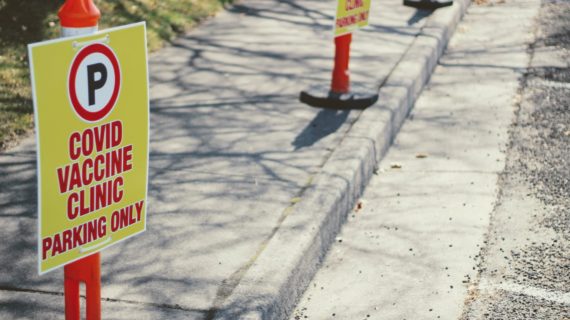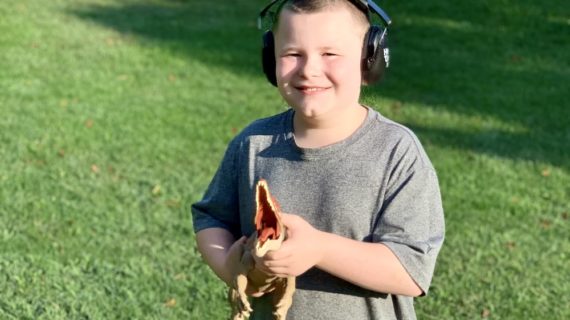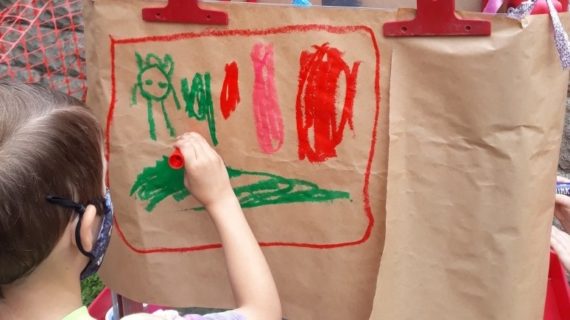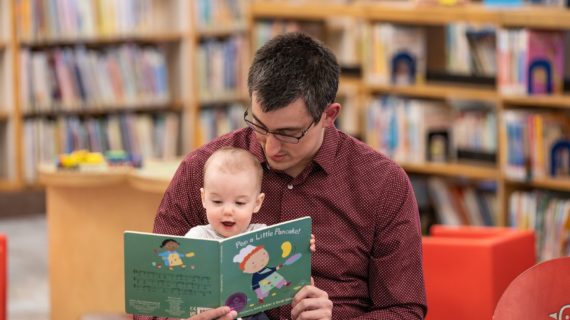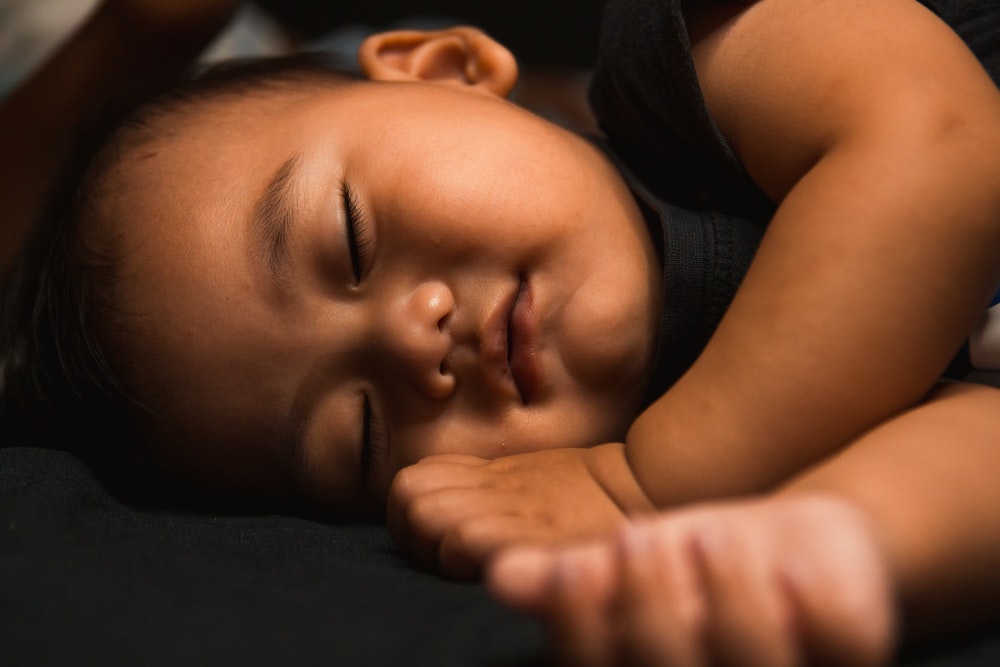
These new infant sleep guidelines and a new federal law can help you protect your baby
Photo above by Igordoon Primus used by permission via Unsplash.
Today’s infants are quickly outgrowing bedtime shortcuts like swaddling, padded crib bumpers and the Owlet Dream Sock, thanks to recent passage of a federal law and new guidelines from the American Academy of Pediatrics. For the first time since 2016, the AAP has updated its infant sleep guidelines, which will be published in this month’s issue of the Pediatrics journal.
WHAT THE INFANT SLEEP GUIDELINES SAY
Supervised tummy time, pacifier use and human milk feeding are still among favored practices. But one important aspect of the new infant sleep guidelines is this: Sitting devices like car seats, strollers, infant slings and carriers and swings are not recommended for routine sleep. And the policy statement warns against co-sleeping and home cardiopulmonary monitors like the Owlet baby sleep sock as a strategy to prevent sudden infant death syndrome (SIDS).
Dr. Joe Aracri, System Chair of the Pediatric Institute at Allegheny Health Network, agrees with the AAP’s guidance that commercial monitors can provide a misleading sense of security and complacency among parents.
“They cause more trouble than they’re worth by having false alarms and waking up the parents and waking up the kids unnecessarily,” Aracri says.
This is also key: To reduce the risk of sleep-related infant deaths, the AAP also recommends that parents sleep in the same room – but not in the same bed – as their baby, preferably for at least the first six months. The risks of sleep-related infant deaths are up to 67 times higher when sleeping with someone on a couch or soft armchair or cushion, according to the AAP.
Other best practices include giving babies routine immunizations and avoiding parent and infant exposure to nicotine, alcohol, illicit drugs, marijuana and opioids, the AAP says.
The AAP’s updated support for infants sleeping on their backs on flat, non-inclined surfaces without soft bedding comes on the heels of recent federal legislation that seeks to reduce infants’ bedtime risks.
WHAT THE NEW FEDERAL LAW SAYS
In May, the passage of the federal Safe Sleep for Babies Act made it illegal for manufacturers and retailers to make or sell padded crib bumpers, loungers and inclined sleepers because of the risk of suffocation.
Aracri says prohibiting these products reinforces what he and his fellow pediatricians have been telling parents for ages: “It’s confusing for parents when they hear from us that the baby should not have these things and yet they’re still on the market,” he says.
While Aracri says he has not seen too many local cases recently, about 3,500 infants across the United States die from sleep-related deaths every year. According to the AAP, sleep-related death can occur when a baby with an intrinsic vulnerability to SIDS is placed in an unsafe sleep environment.
